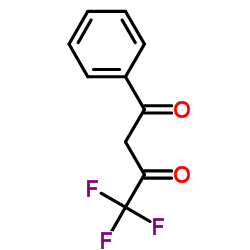Treating depression with botulinum toxin: a pooled analysis of randomized controlled trials.
M Magid, E Finzi, T H C Kruger, H T Robertson, B H Keeling, S Jung, J S Reichenberg, N E Rosenthal, M A Wollmer
Index: Pharmacopsychiatry 48 , 205-10, (2015)
Full Text: HTML
Abstract
Botulinum toxin A (BTA) injection into the glabellar region is currently being studied as a treatment for major depressive disorder (MDD). Here we explore efficacy data of this novel approach in a pooled analysis.A literature search revealed 3 RCTs on this topic. Individual patient data and clinical end points shared by these 3 trials were pooled and analyzed as one study (n=134) using multiple regression models with random effects.In the pooled sample, the BTA (n=59) and the placebo group (n=75) did not differ in the baseline variables. Efficacy outcomes revealed BTA superiority over placebo: Improvement in the Hamilton Depression Rating Scale or Montgomery-Asberg Depression Rating Scale 6 weeks after baseline was 45.7% for BTA vs. 14.6% for placebo (p<0.0001), corresponding to a BTA response rate of 54.2% (vs. 10.7%) and a BTA remission rate of 30.5% (vs. 6.7%).Equalling the status of a meta-analysis, this study increases evidence that a single treatment of BTA into the glabellar region can reduce symptoms of MDD. Further studies are needed to better understand how BTA exerts its mood-lifting effect.© Georg Thieme Verlag KG Stuttgart · New York.
Related Compounds
| Structure | Name/CAS No. | Molecular Formula | Articles |
|---|---|---|---|
 |
1-Benzoyl-3,3,3-trifluoroacetone
CAS:326-06-7 |
C10H7F3O2 |
|
Influence of sub-inhibitory antibiotics and flow condition o...
2014-11-01 [J. Antibiot. 67(11) , 763-9, (2014)] |
|
The effects of a TGR5 agonist and a dipeptidyl peptidase IV ...
2015-03-01 [J. Gastroenterol. Hepatol. 30 Suppl 1 , 60-5, (2015)] |
|
Synthesis and structures of tridentate ketoiminate zinc comp...
2013-04-21 [Dalton Trans. 42(15) , 5573-86, (2013)] |
|
Mixed-ligand chelate extraction of trivalent lanthanides wit...
1997-01-01 [Talanta 44(1) , 97-103, (1997)] |
|
4,7-Dichloro benzothien-2-yl sulfonylaminomethyl boronic aci...
2010-04-15 [Bioorg. Med. Chem. Lett. 20 , 2622-4, (2010)] |